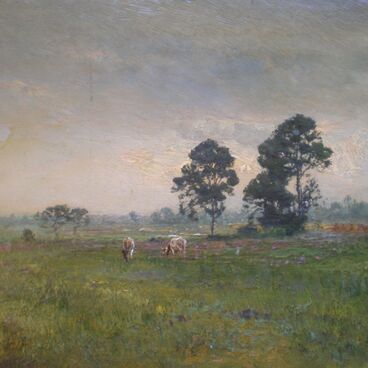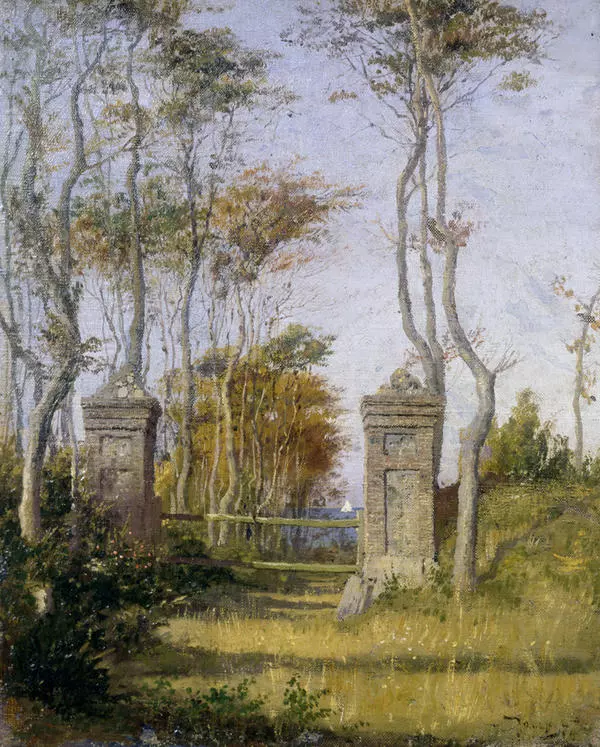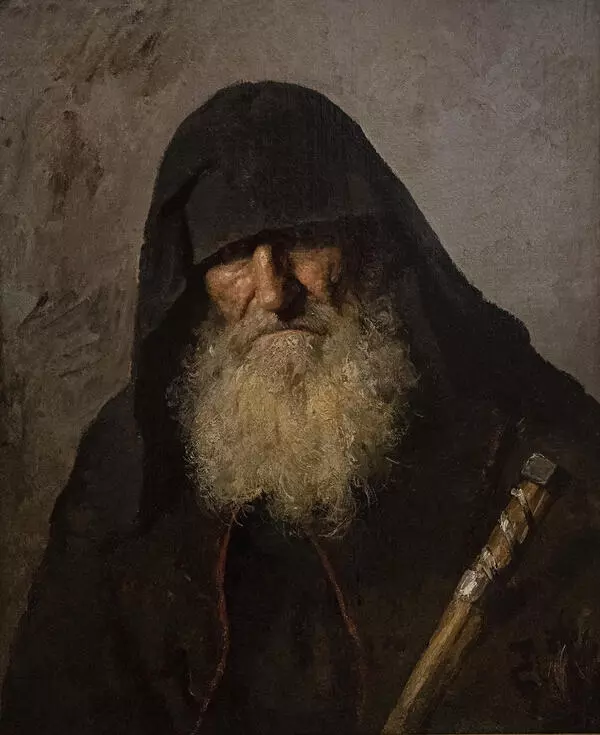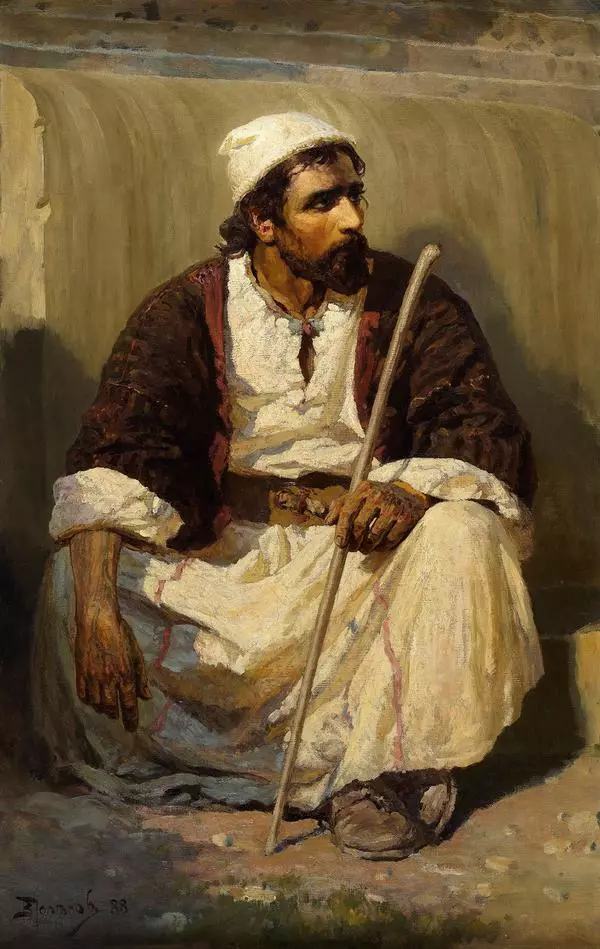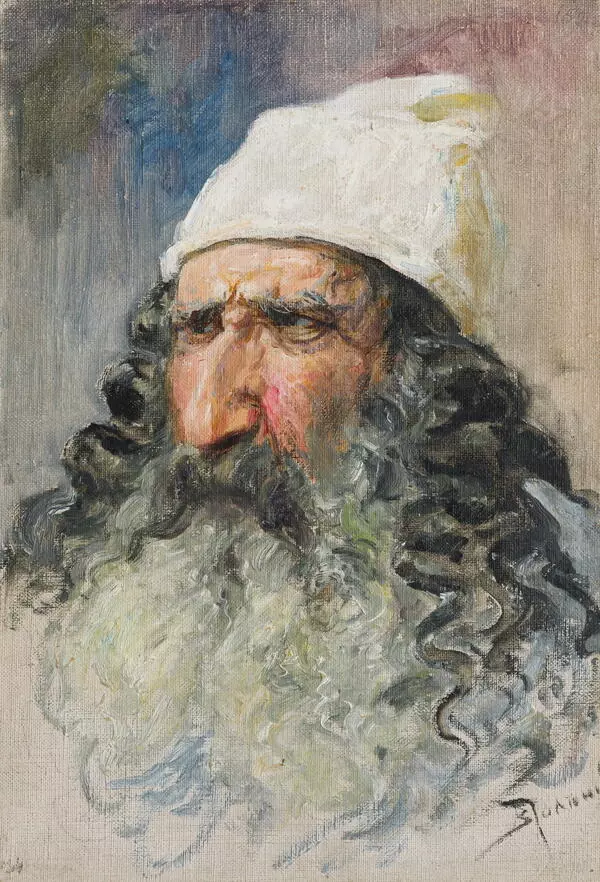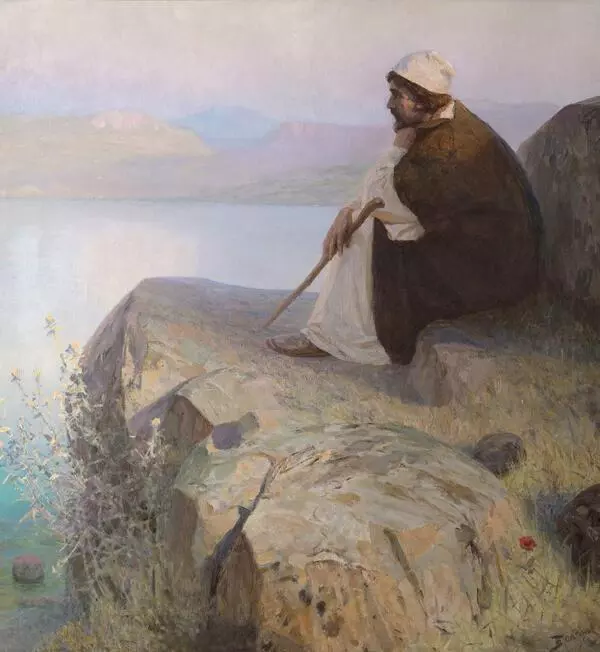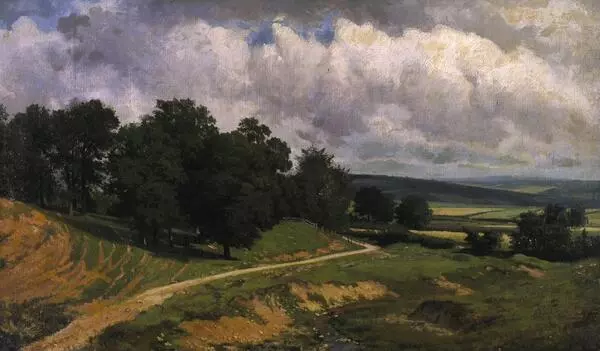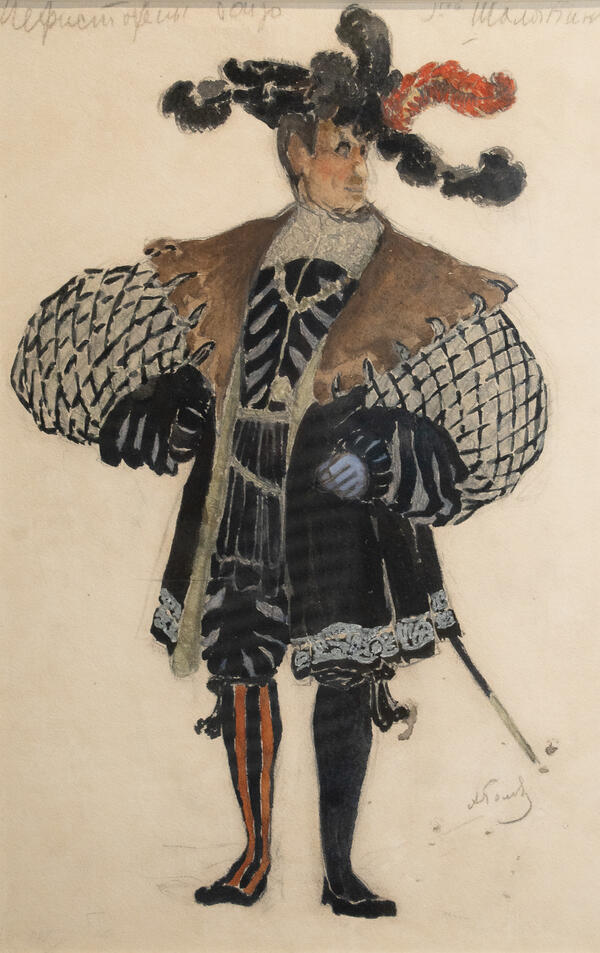Vasily Dmitrievich Polenov was born in 1844 in St. Petersburg, into a noble family. He seriously engaged in painting at the age of 12. Vasily Dmitrievich got into the Moscow Academy of Arts at first as a non-matriculated student, but later became a full-fledged student.
In 1871, he graduated from the Academy together with Ilya Efimovich Repin, Mikhail Mikhailovich Zelinsky, Evgeny Kirillovich Makarov and Egor Fedorovich Urlaub. That year, all graduates received Grand Gold Medals. In addition, they were granted the right of an internship abroad at the expense of the Academy.
Vasily Dmitrievich Polenov visited Austria, Germany, Switzerland, Italy, and lived in Paris for a long time. All this time he worked hard, looking for his own subject of creative work. After returning to the Russian Empire, the artist settled in Moscow and began teaching at the Moscow School of Painting, Sculpture and Architecture.
In 1879, Vasily Polenov became a full member of the Society of Traveling Art Exhibitions. He tried himself in all genres of painting, but went down in the history of art primarily as a landscape painter. Polenov’s success was brought by the 1878 painting “Moscow Courtyard, ” which was exhibited at the sixth exhibition of the Wanderers. This work was purchased by the entrepreneur Pavel Mikhailovich Tretyakov for his gallery.
In the 1880s, the artist turned to a topic that had worried him since his student years. When Vasily Dmitrievich Polenov saw Alexander Andreevich Ivanov’s painting “The Appearance of Christ Before the People” in St. Petersburg, he was overwhelmed. He was inspired by it to create a series of paintings “From the Life of Christ.” During 1881–1882, the artist traveled to the countries of the Middle East in order to see the places described by the Bible.
During this trip, Polenov created a large series of oriental studies. One of these works is the 1882 study “The Road to Nazareth.” The artist reproduced an episode from the Bible, which describes the return of Joseph and Mary with little Jesus from distant Egypt to Nazareth after the death of King Herod.
During his lifetime,
Vasily Polenov was surrounded by fame. His contemporaries called his painting
“radiant and charming.” He put all the power of his love for life and people
into the depiction of a simple motif, making the most ordinary subjects poetic.


